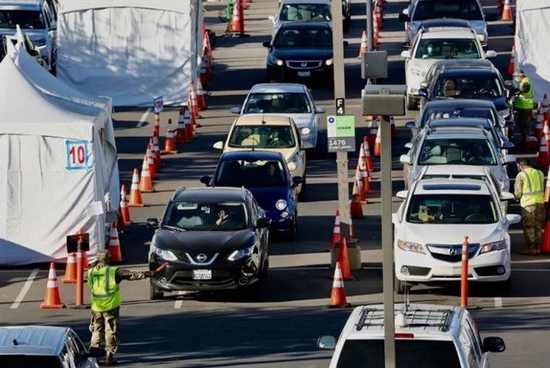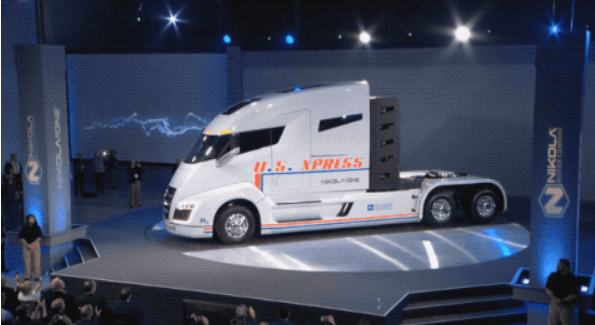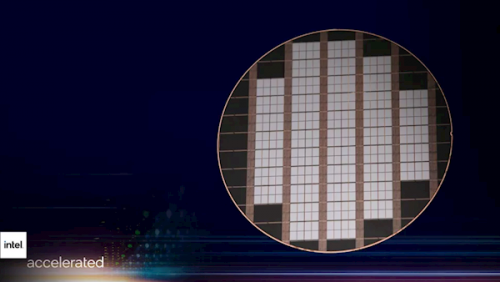your current location is:Home > Finance > NewsletterHomeNewsletter
The Biden administration spends billions of dollars to subsidize the new energy vehicle market. Can the goal of "Made in North America" be achieved?
U.S. President Biden signed the "Inflation Reduction Act of 2022" on the 16th local time. The bill, which seems to be called the "Inflation Reduction Act," actually contains a large number of provisions in the field of energy security and climate change. Of the total $750 billion in the bill, $369 billion of investment is related to energy security and climate change. It is also regarded as The largest climate bill in U.S. history.
However, although the bill has officially landed, there are still many controversies in the industry. For example, one of the most controversial parts of the bill is that to qualify for the discount, car batteries must be manufactured in North America. Carla Bailo, president of the Center for Automotive Research (CAR), said of the goals in the bill: "To the extent that we lack materials right now, I don't think there is any product today that meets that standard."
In another example, the bill said it would provide billions of dollars in funding to encourage the promotion of electric vehicles and the establishment of battery factories. According to the rules, buyers of new electric vehicles in the United States can get a tax credit of up to $7,500, and buyers of used cars can get a tax credit of $4,000. or sport utility vehicle.
Tax subsidies for electric vehicles in the United States have been in place since 2009, and the Alliance for Automotive Innovation said the bill increases restrictions on who can receive subsidies. When the bill goes into effect, 70 percent of the 72 models previously eligible for the subsidy will not be eligible. If additional battery origin restrictions are in effect, no model will be eligible for the full subsidy.

"It can't happen overnight"
The terms of “Made in North America” for car batteries specify that by 2024 at least 50% of the components in electric vehicle batteries come from the United States, Canada or Mexico, rising to 100% by 2028.
Some industry executives believe it will take U.S. automakers five years to revamp their supply chains to make products eligible for tax credits. GM Chief Executive Mary T. Barra said in a meeting with Biden that requirements such as the use of U.S.-made batteries in the bill would motivate it, but "can't happen overnight."
Yang Fuqiang, senior consultant of the Climate Change and Energy Transition Project at the Energy Research Institute of Peking University, told Yicai.com that there are indeed problems in the supply chain of the production and sales of electric vehicles in the United States.
While some automakers and suppliers have announced plans to build battery factories in the U.S., few have actually started production. Yang Fuqiang said: "Of course the United States can build a battery factory, but the question is whether it can be manufactured quickly. I'm afraid it can't be done in a few years, and the process is relatively slow. Some Chinese companies have also started operations in the United States. business, looking for opportunities in the US home market.”
"Winners" and "Losers"
Another analyst believes that from the perspective of the industry, the bill will not make all companies in the industry "sand and rain". Tesla and GM are seen as "winners" after losing eligibility for subsidies for selling more electric vehicles than the 200,000 subsidy cap set by the U.S. government, but the act removed that cap, so this Vehicles from both brands will regain subsidy eligibility.
The tax break could be particularly beneficial for Tesla, which has a large share of the U.S. electric vehicle market, about 70%, according to investment bank Evercore ISI. The subsidies will make some of Tesla's models cheaper than other popular gas-powered cars, Evercore said. But the bill may be a bit of a bummer for automakers that haven't yet produced or sold electric vehicles in large numbers in the United States.
At the same time, some luxury car brands, as well as many models from electric vehicle startups, will lose eligibility for tax breaks due to restrictions on selling prices and income levels. Lucid and Rivian, the more expensive ones, for example, have said most of their vehicles are ineligible.
The U.S. used car market is twice as large as the new car market, but the tax credit for used cars also only applies to those priced at $25,000 or less. Scott Case, chief executive of used-car market research firm Recurrent, said less than 20 per cent of used electric vehicles were eligible.
Yang Fuqiang said that in terms of subsidies, compared with other countries and regions with a higher penetration rate of electric vehicles, the United States does not have enough incentives. He also believes that subsidies are not the ultimate solution to the problem. "Subsidies can be made at the beginning of promoting electric vehicles, but there is always a time limit for subsidies. In view of financial pressure, it is impossible to subsidize them all the time. The key is that consumers recognize the models and are willing to pay for them. Over time, the price may be cheaper, which will increase the penetration rate of electric vehicles," he said.
A number of other factors have also limited the adoption of electric vehicles in the US, such as the lack of adequate public facilities to recharge, which is a big problem for some people who do not own their own garages. "The refueling facilities in the United States are very convenient, and the accessibility of charging facilities is weaker. For example, if a user wants to install a charging facility, he has to go through a lot of approval procedures." He said, in addition, the area of the United States with severe winters is larger than that of China. Larger and more snowy areas, it is difficult to promote electric vehicles in regions such as the northern United States.
He further analyzed that although the US oil price has increased significantly in the past two years, it is still lower than the level of other developed countries in the world. On the other hand, the electricity price in the United States is relatively higher, and its residential electricity price is higher than the industrial electricity price. As a result, Americans have little incentive to change their modes of transportation.
related articles
Article Comments (0)
- This article has not received comments yet, hurry up and grab the first frame~













